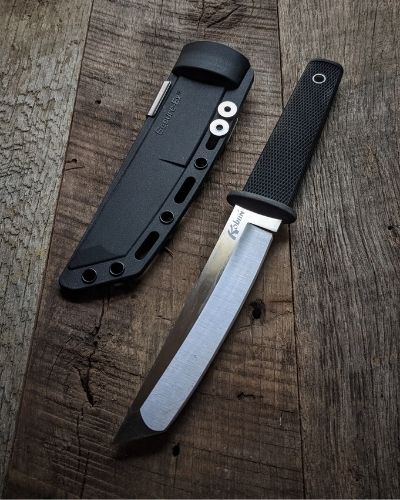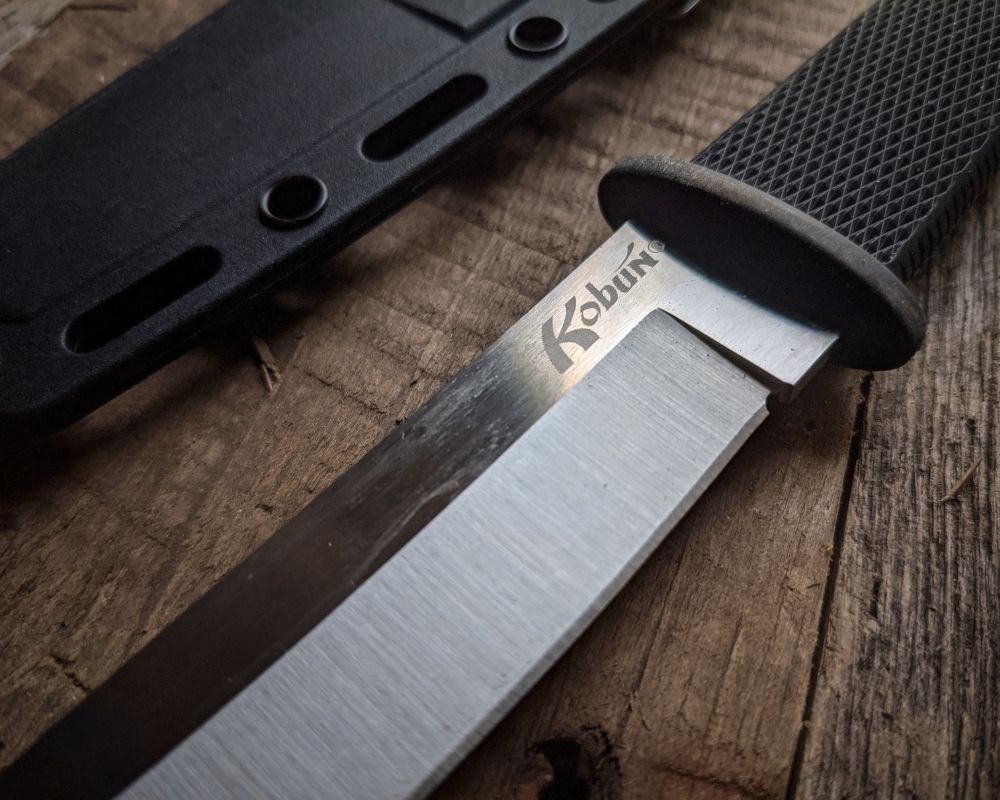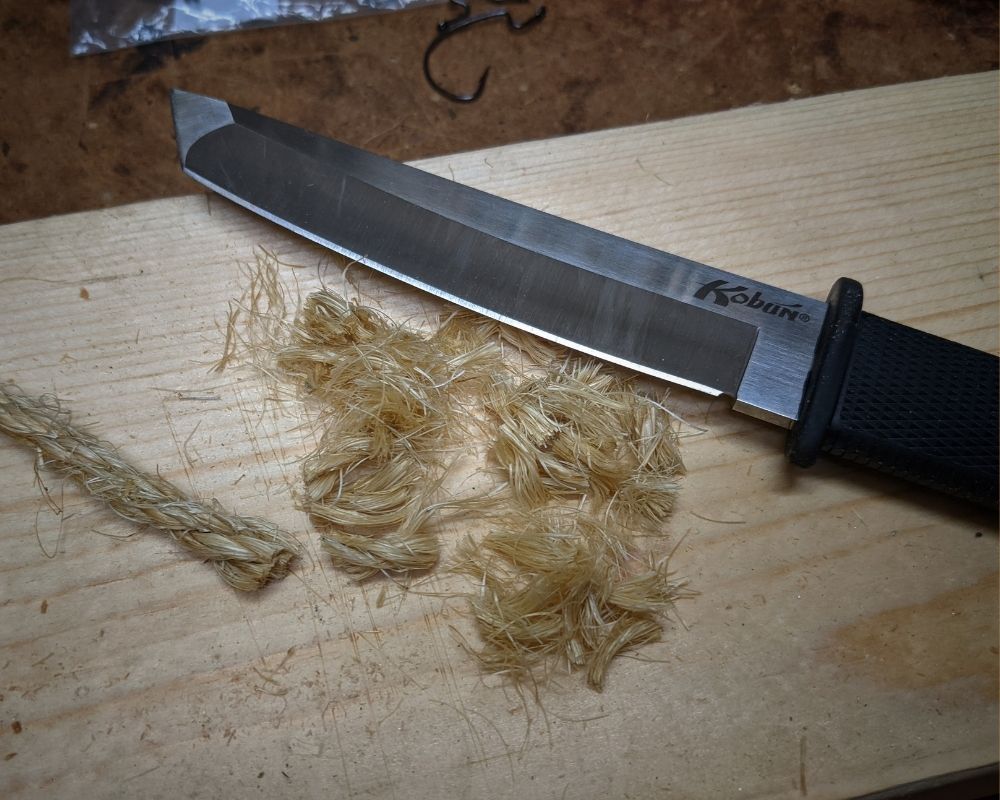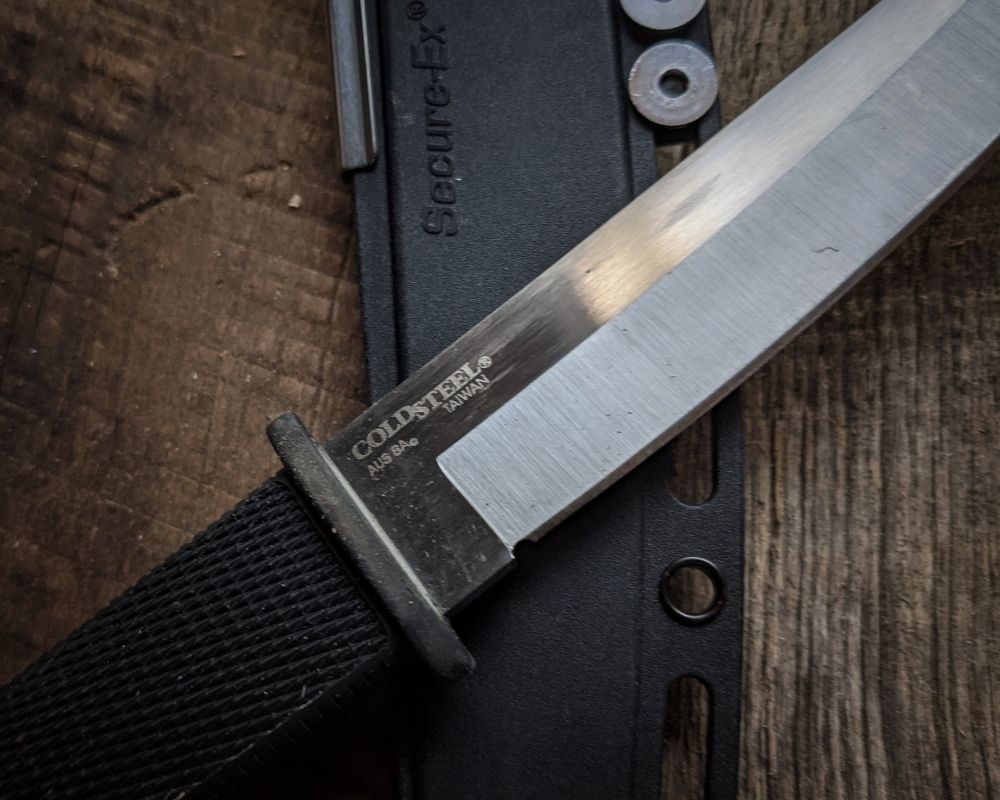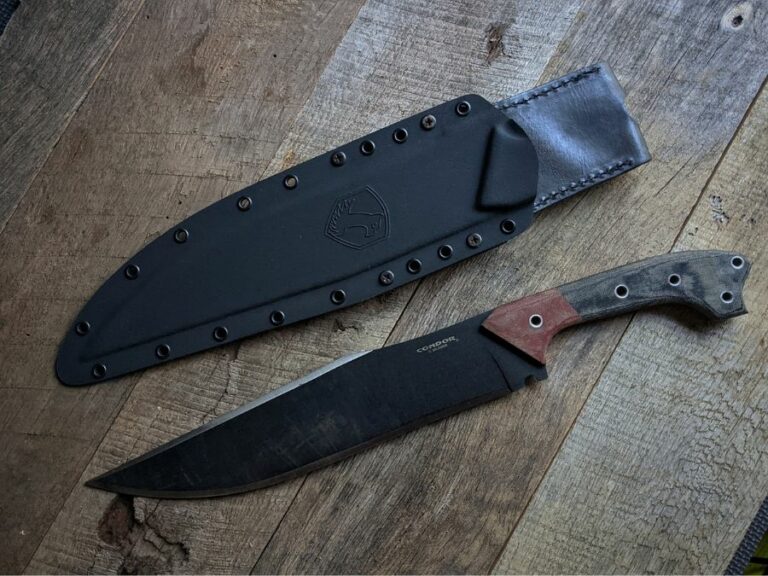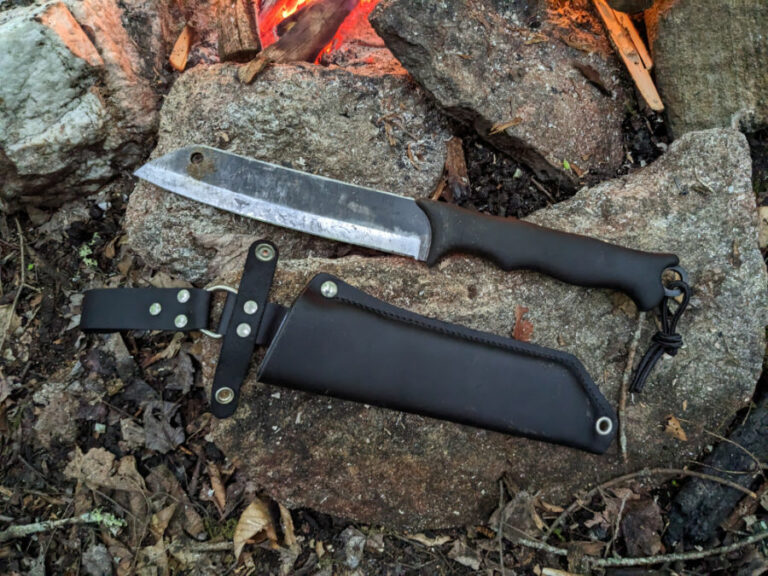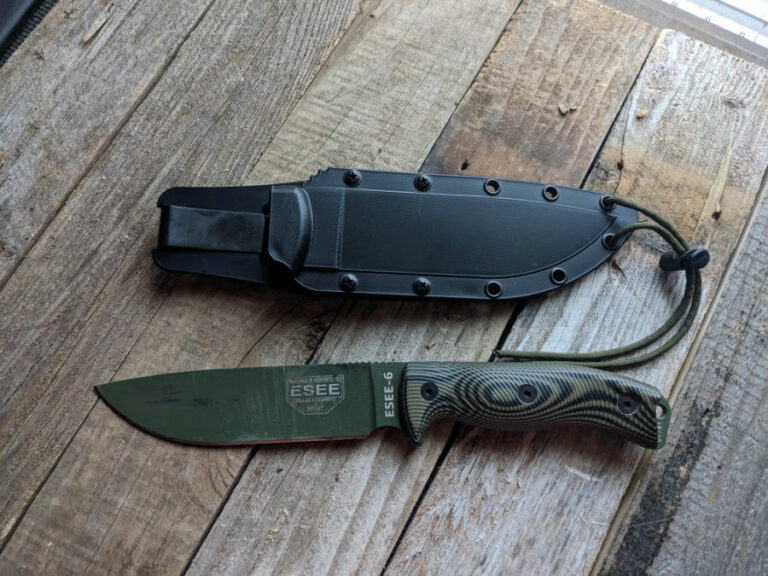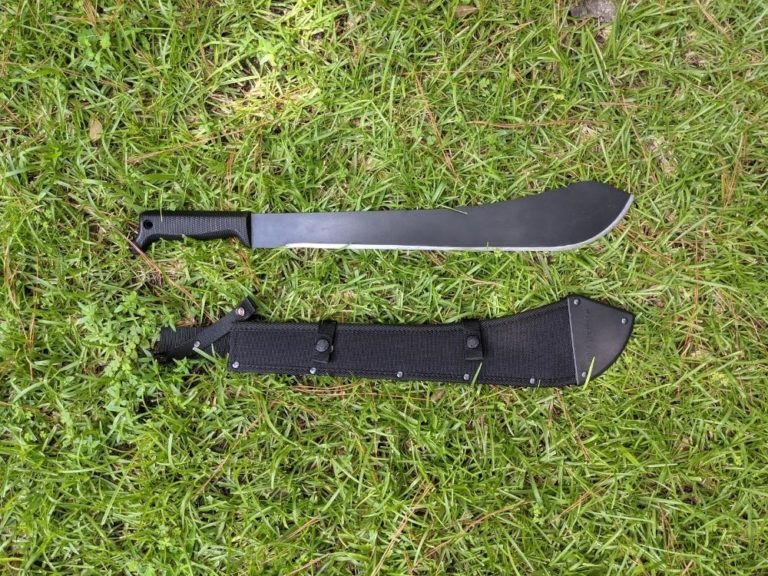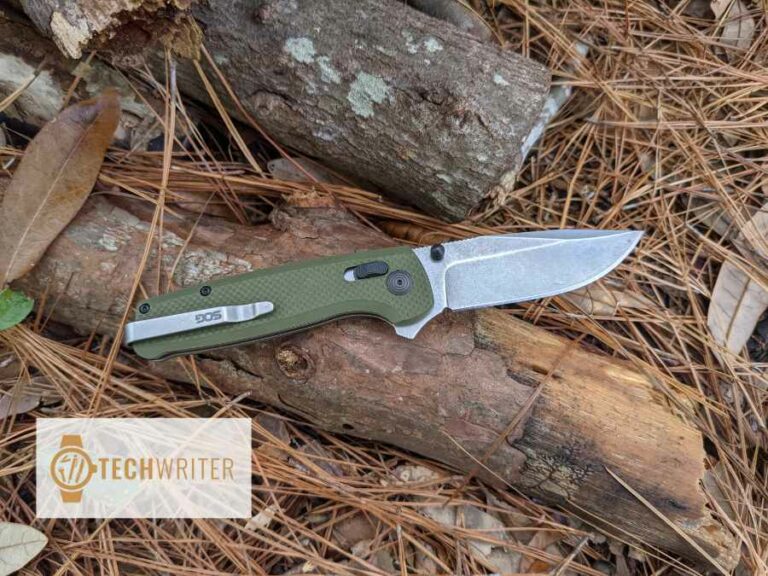Cold Steel Kobun Tanto Knife Review
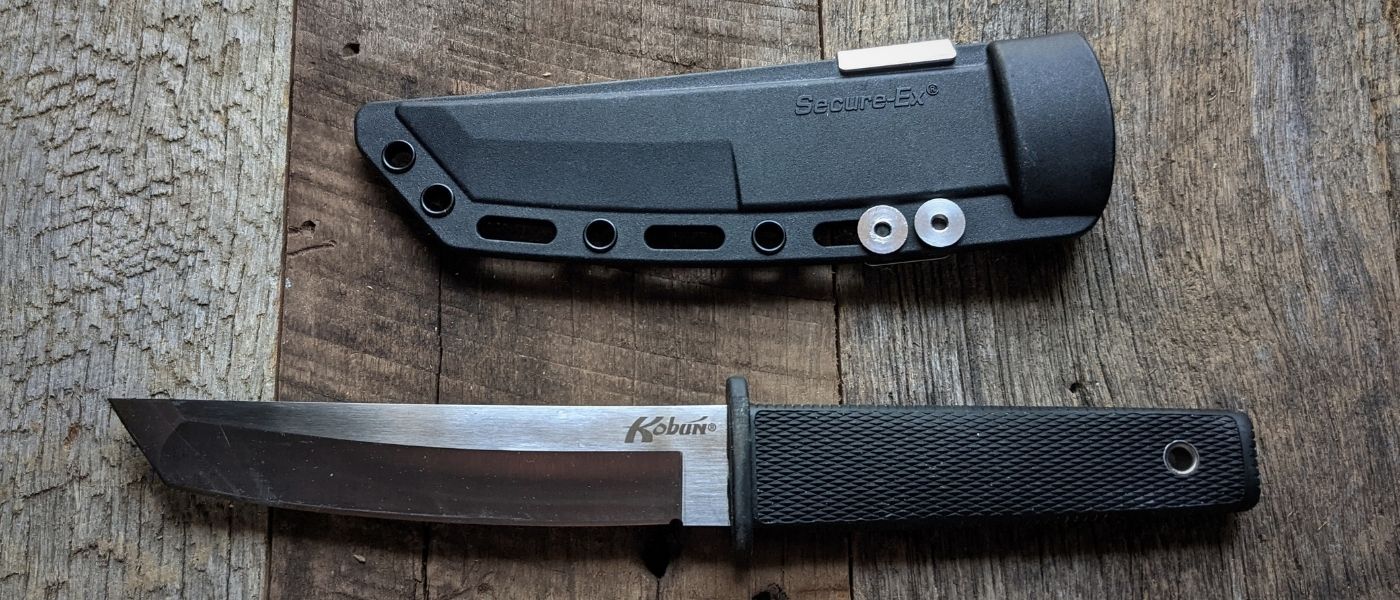
Today we’re looking at the Cold Steel 17T Kobun Tanto, a unique fixed blade knife with a Japan-inspired design. Back in the early 1980s, Texas-based Cold Steel was an early pioneer of American tanto style blades like this one.
The word ‘Kobun’ has its origins in the Japanese underworld as a signifier of rank. There isn’t a precise English translation, but ‘soldier’ is pretty close. This knife has an elegant design, with a sweeping belly and an angled point that means business. It’s proven popular as a tactical blade, and is well -designed for concealed carry.
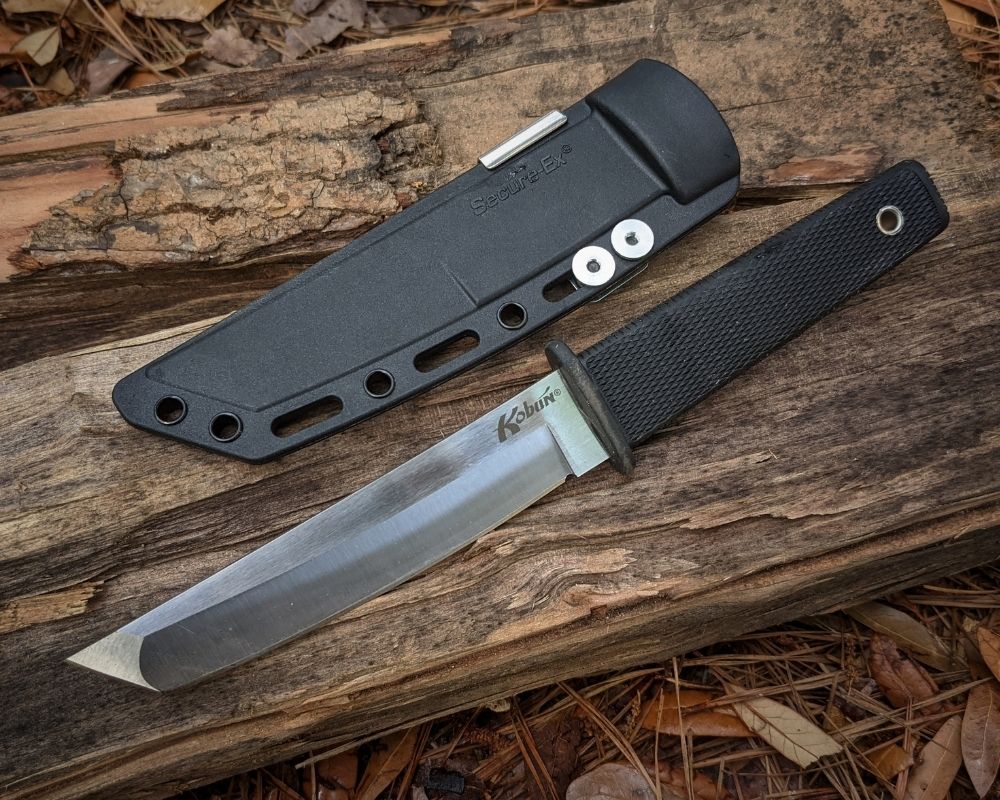
Cold Steel Kobun: First Impressions
This is a sleek, lightweight knife, and the Japanese influence is immediately apparent in the shape of both the blade and handle. There’s an element of artistry to the curvature of the blade that I really appreciate.
We’ll talk more about the blade and handle in further detail shortly, but my Cold Steel Kobun Tanto came razor sharp, and it’s solid and comfortable in my hand despite the handle’s slim profile. The only thing I’m not immediately impressed by is the sheath, but it does hold the knife firmly and without any noticeable rattle.
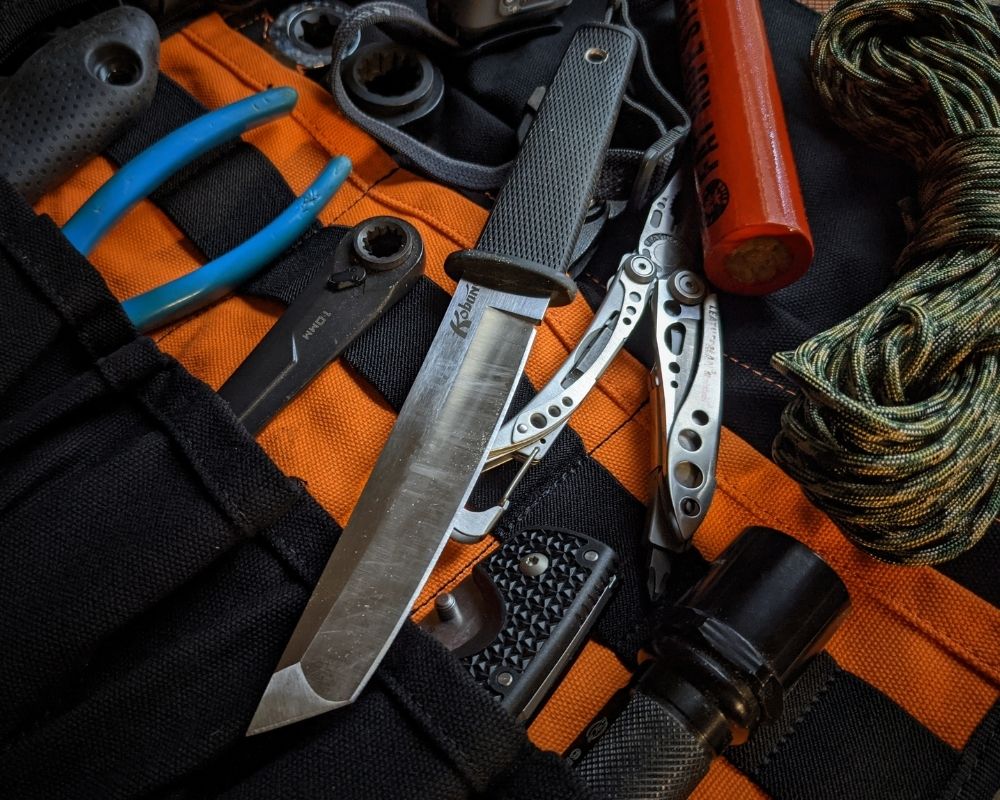
Measurements & Specs
The Cold Steel Kobun has a 5.5” fixed tanto-style blade. It’s a full tang, with a total length of 9.78” including the handle. The blade is made of AUS-8A stainless steel, and the handle is Kray-Ex, which is a rubber-like thermoplastic elastomer similar to the somewhat more widely-used Kraton.
The knife weighs just 4.4 oz., which is impressively svelte considering its size. I own plenty of similar-sized knives that weigh twice as much. The blade thickness is 3.5mm (about an eighth of an inch) and the full thickness of the spine runs almost the entire length of the blade for added strength, making it very hard to bend or break.
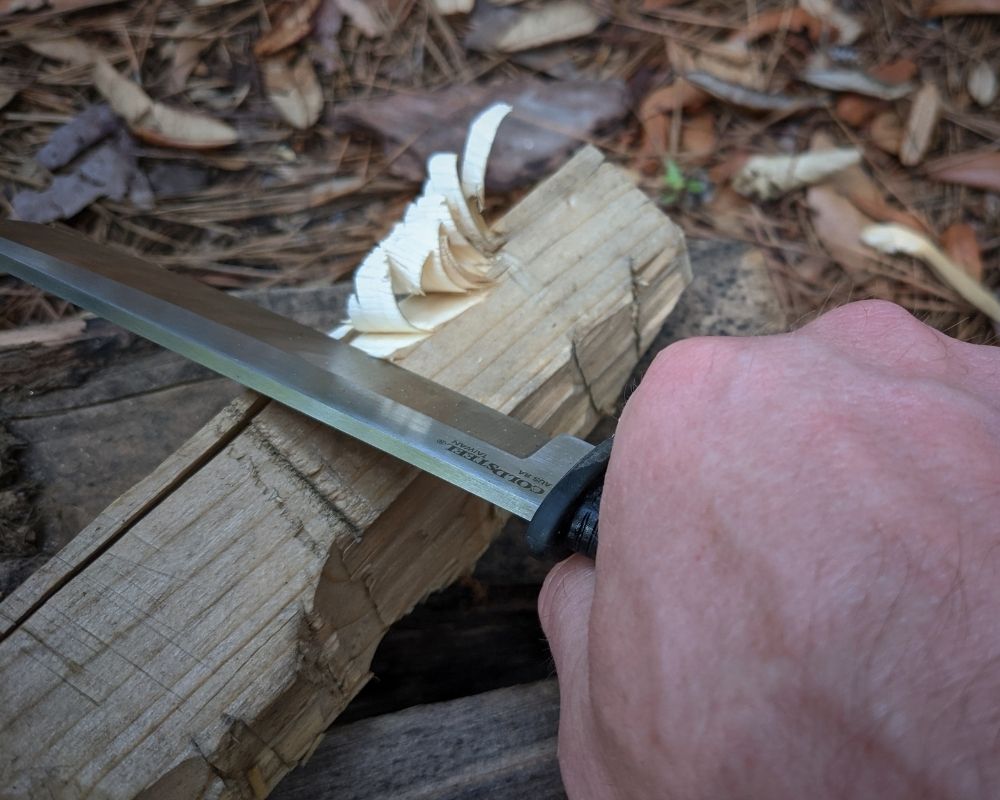
Tanto Blade Shape & Sharpness
The most distinctive feature of the Kobun is the tanto blade shape.
Tanto blades—or, what we’ve come to refer to as tanto blades—have evolved quite a bit over the years. A true tantō is a type of traditional Japanese sword or dagger with a thin, straight blade that features a deeply curved belly.
Cold Steel’s Kobun knife has what would more accurately be called an American tanto blade, which has a sharp angle to the blade’s belly that essentially creates two cutting edges.
In addition to the main edge, which maintains a curve that makes it great for cutting and slicing, the blade angles up to a secondary edge and tip that is well-suited to piercing and puncturing. Samurais valued tantō blades for the ability to pierce the armor of their enemies, but I’m here to tell you that it also excels at opening clamshell packaging.
The upshot of all this is that the blade of the Cold Steel Kobun is incredibly versatile. Though it’s often thought of as a tactical blade for obvious reasons, I’ve also found it to be a great everyday carry knife. It’s great for kitchen tasks and bushcraft cooking, and has impressive strength despite its light weight. I can even see it being an effective hunting knife.
It also helps that it-s as sharp as the dickens. I wouldn’t quite say shaving-sharp, but my Cold Steel Kobun Tanto blade passed the paper test as soon as I took it out of the box, and continues to do so after repeated use.
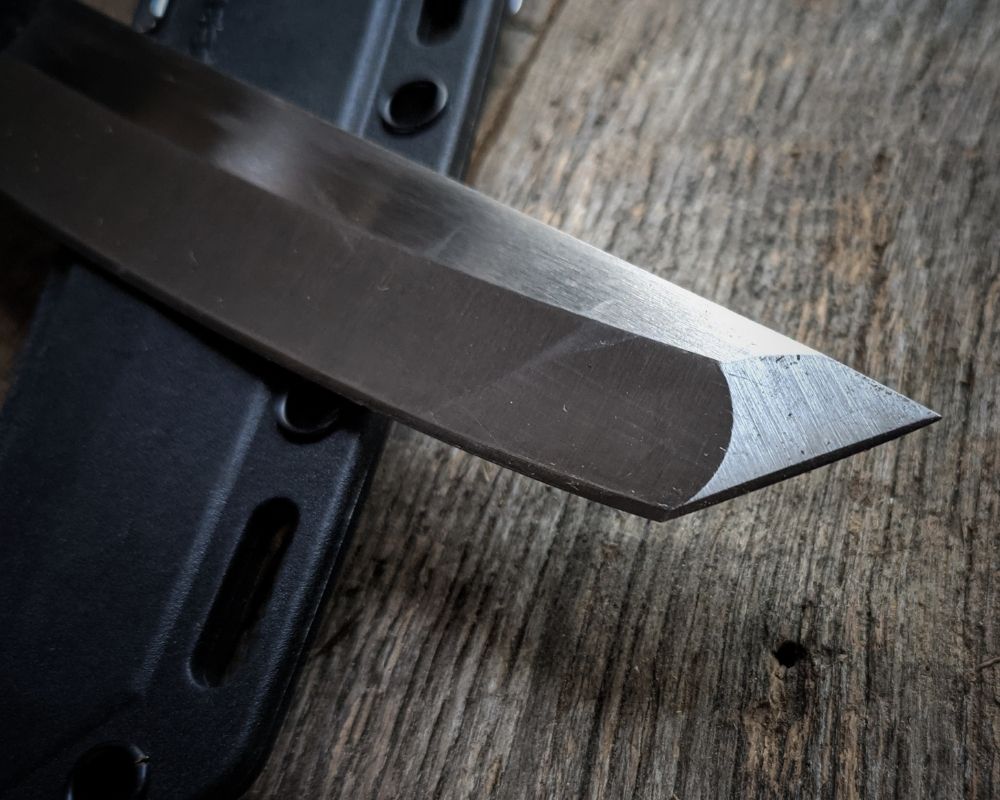
Blade Grind & Steel
The blade of the Cold Steel Kobun essentially has two cutting edges, each with a different grind. The secondary edge, from the point down to the secondary angle, has a saber grind, while the main edge has a hollow grind.
A hollow grind is somewhat concave—imagine the beveled edge being sharpened on the curved surface of a sharpening wheel—which has some real advantages. First and foremost, a hollow grind allows for incredible thinness of the steel at the cutting edge, which makes it fiercely sharp.
The downside is that sharpening a hollow grind is a little tricky. Naturally, most folks don’t have their own grinding wheel. Short of sending your knife to a professional for sharpening, you can sharpen a hollow grind blade on a standard flat sharpening stone, but do so with the knowledge that, over time, the blade will gradually take on a flat grind.
Fortunately, the Cold Steel Kobun is made of AUS-8A stainless steel, which offers excellent edge retention, so you shouldn’t have to sharpen your knife as often as you might otherwise. AUS-8A is a Japanese mid-grade stainless steel that is very similar to the more well-known AUS-8 steel.
It’s tough, corrosion resistant, and has very low carbon content.
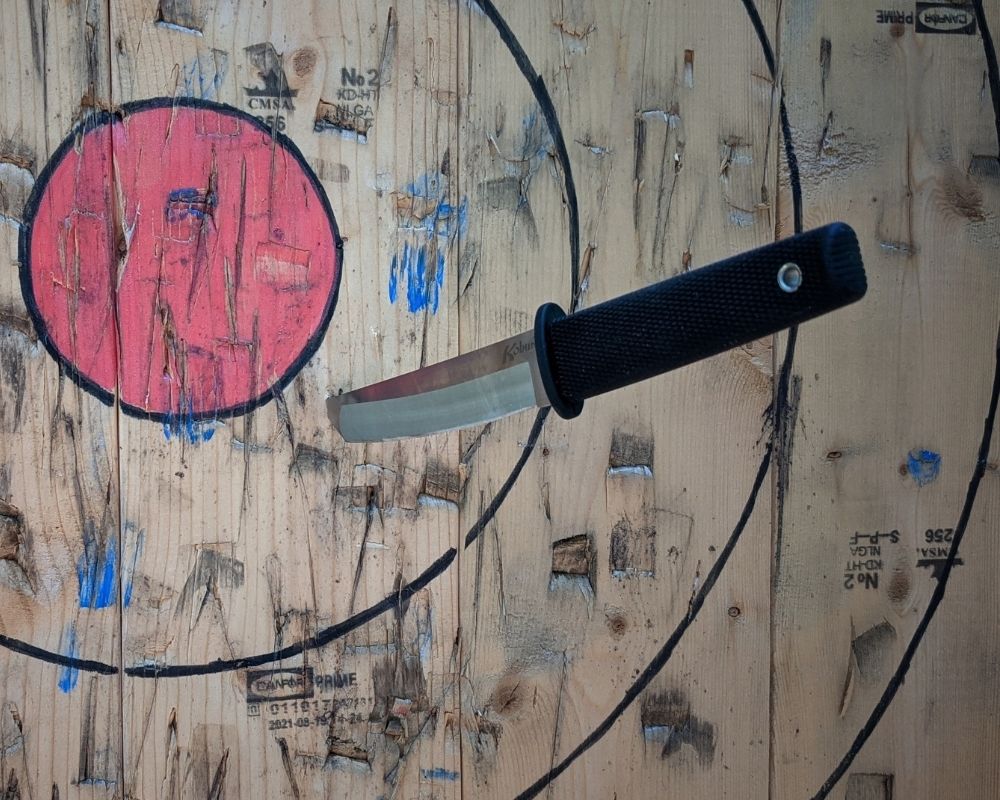
Handle
The handle of the Kobun is flatter and narrower than a typical knife handle, which took a little bit of getting used to for me, but ultimately turns out to be a real asset. Though it’s barely more than half an inch thick at a cross-section, it’s contoured to remain upright in your hand without turning or shifting.
Much like the blade itself, the handle of the Kobun brings to mind the shape of a true Japanese tantō, or even a Samurai sword. It’s very different from your run-of-the-mill EDC knife handle, but it’s a simple and effective design. The Kray-Ex handle material is also deeply crosshatched to give it some good grab, and the rubber-like texture grips easily in all conditions.
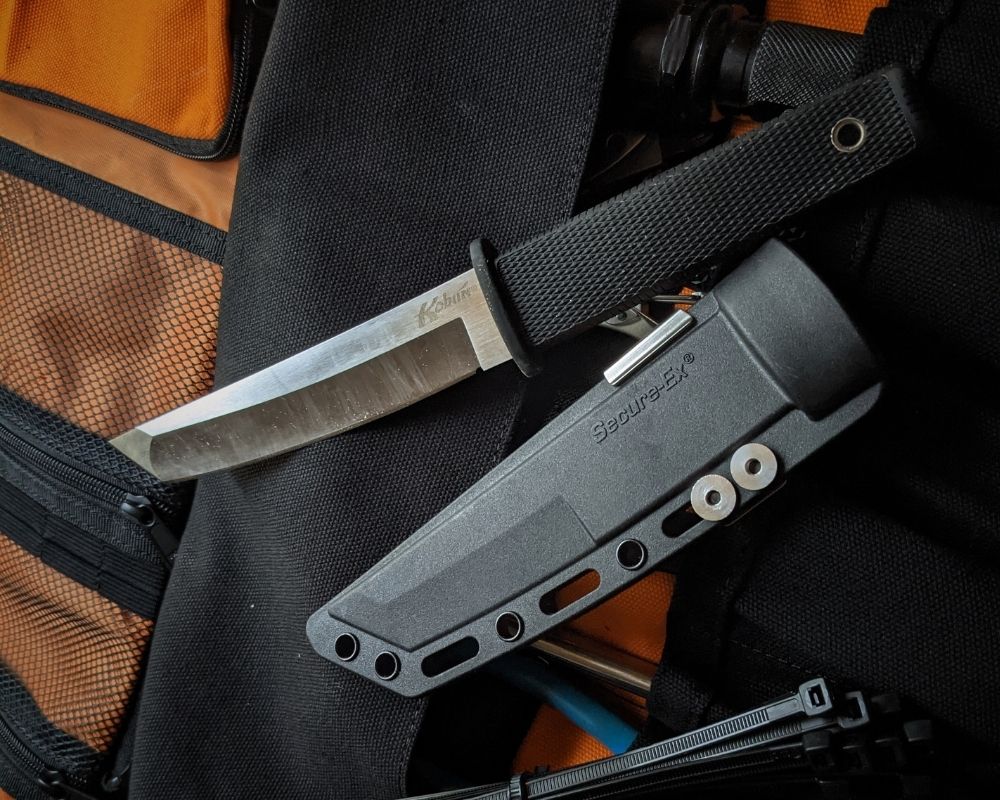
Sheath
I have to admit, I don’t love the Secure-Ex sheath that the Cold Steel Kobun Tanto knife comes in. There’s no doubt that it holds the knife securely—the knife snaps into the sheath with a firm ‘click’—and there’s no wiggle room. Even when I try to shake the knife out of the sheath, it stays firmly in place.
The problem is, the metal clip isn’t as secure as the sheath itself. The Secure-Ex sheath is designed to be worn either on a belt or in one’s boot, but I find that every time I try to pull the knife out of the sheath, I end up pulling the whole thing, sheath and all, right off of my belt.
I also hear a lot of complaints from people who find that Secure-Ex sheaths dull their knives. In fairness, I haven’t experienced that problem in the limited amount of time I’ve owned this knife and sheath, but it’s worth watching out for.
The Secure-Ex sheath that comes with this knife is made of Kydex, which is a thermoplastic acrylic-polyvinyl chloride material used for a lot of knife and gun sheaths. Basically it’s a hard, black plastic. I’d rather find a good leather sheath to replace it with.
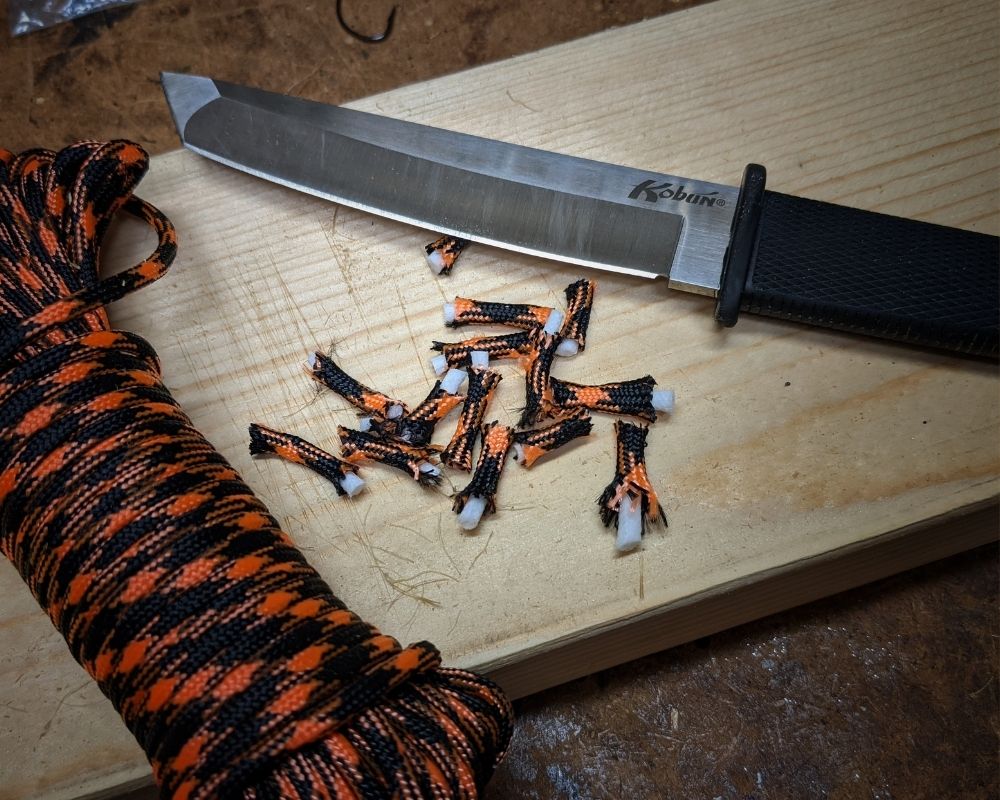
Final Thoughts on the Cold Steel Kobun
I’m a fan of this knife!
As a company, Cold Steel has earned a solid reputation, and the Kobun is a good example of why. It’s lightweight and agile, with a keen edge and tough, rust-resistant steel. It’s also, quite honestly, a beautiful knife to look at. A lot of thought clearly went into every aspect of the design (except the sheath, I suppose).
Even if you decide to spend a few extra dollars to upgrade the sheath, I’d still call this a great knife for the price. I’ve seen these listed anywhere from $40 to $65, so if you shop around and buy at the right time, you can get a real bargain on a Cold Steel Kobun.
Whether this is the right knife for you depends on your needs. I typically choose a folding knife for everyday carry, or a larger, heavier fixed blade knife for bushcraft. This is more of a tactical knife designed for concealed carry, but it nicely blends the best of many different worlds for anyone looking for a light, super-sharp fixed blade.
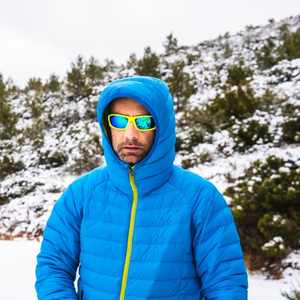
Alan Dale is an experienced backpacker and adventure sports athlete who pays the bills by writing. Married with a small brood, Alan often has his kids in tow on many of his adventures. You can visit Alan here: https://siralandale.com/

